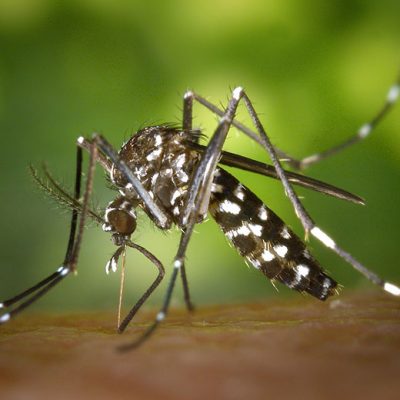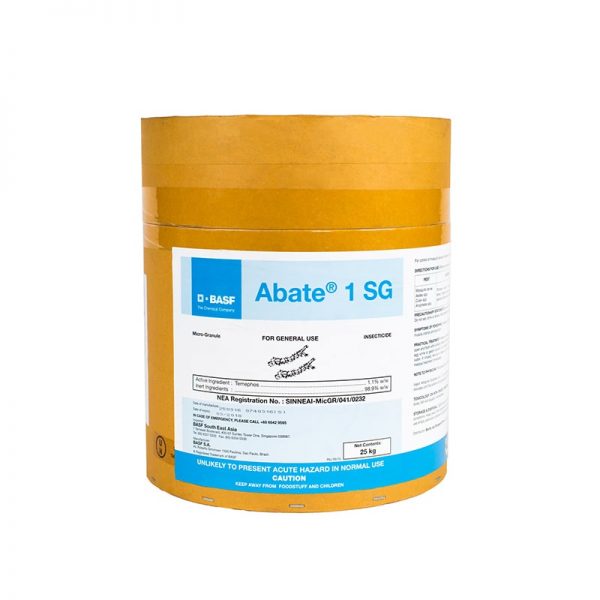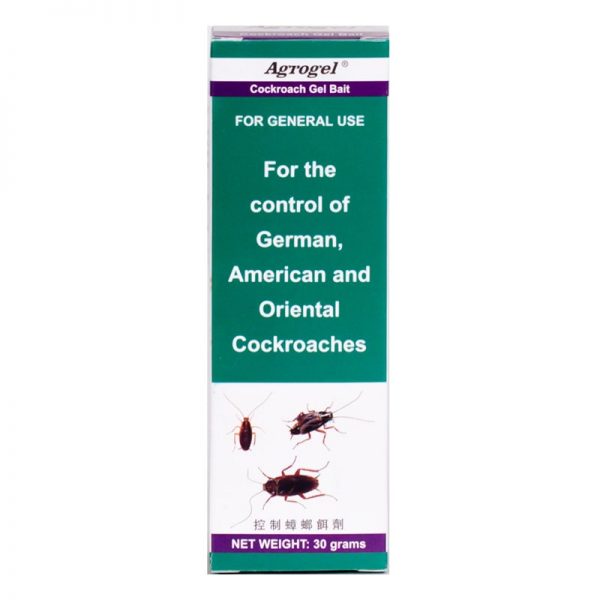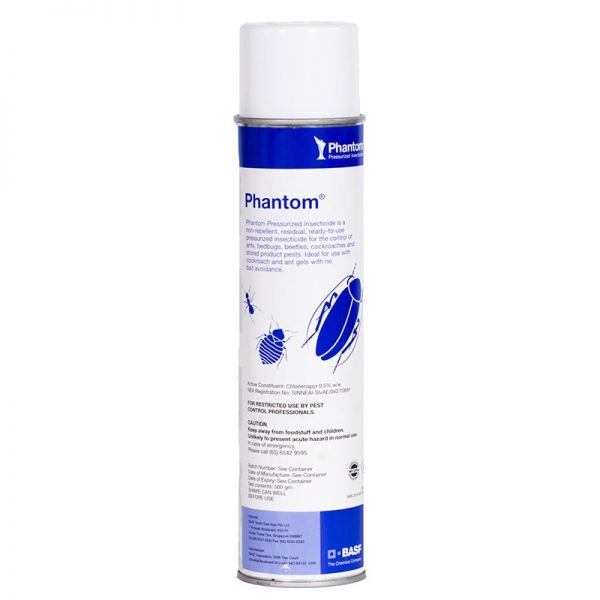RODENTS
MOSQUITOES
Mosquitoes are an important group of biting Diptera. They are considered a nuisance due to their biting and post-bite swelling and itch. In addition, mosquitoes are vectors of a few tropical diseases such as malaria, filariases and several viral diseases, such as dengue, yellow fever and Japanese encephalitis. There are over 3,500 types of mosquitoes which can be found worldwide, but only about 100 species are considered vectors of human diseases.
Only female mosquitoes bite and feed on the blood of animals or humans (bloodmeal for the development of eggs). They are attracted to their target from the body odours, carbon dioxide and heat emitted. Each mosquito species would have different biting hour preferences, with some species preferring to feed on their target at dusk and dawn, or in the middle of the night. Besides feeding hour, some species of mosquitoes predominantly feed in the forests or urban environments, or whether indoor or outdoor of houses. When female mosquitoes do not feed or forage for their targets, they would be resting on surfaces, indoors or outdoors, on vegetation or any other natural sites. Male mosquitoes do not feed on blood but they feed only on plant juices, such as nectar, therefore, they do not transmit diseases.
Mosquitoes consists of four stages of growth: egg, larva, pupa and adult. Female mosquitoes can lay about 30 – 300 eggs at a time, depending on the species. In warmer climates, eggs usually hatch within 2 – 3 days, the larval period may lasts about 4 – 7 days, pupal period 1 – 3 days before developing into adults.
Common mosquitoes that feed on blood and may transmit diseases are mosquitoes from the genus Anopheles (can transmit malaria and in some cases filariasis), Aedes (vectors of dengue, yellow fever or other viral diseases) and Culex (vectors of filariasis and some viral diseases).

SIGNS OF MOSQUITO INFESTATION
A mosquito infestation can be identified by:
- Mosquito bites – presence of irritation with swelling (mild to intense).
- Adult mosquitoes flying around in areas sheltered from sun, wind or rain.
- There is a constant annoying “buzzing” sound that mosquitoes produce when they are flying close by.
- Mosquito larvae are found in stagnant waters (e.g. water trays from plants, waste containers that can contain small amounts of water).
METHODS OF TREATMENT FOR MOSQUITOES
An effective method to control mosquitoes is through an integrated vector management, which is a combination of environmental management, source reduction and chemical control. The following chemical treatments can be carried out by professionals:
Space Spray
The use of thermal fogging, and ULV can be used to apply adulticides to control mosquitoes. Both these treatments can turn the liquid mixtures into very small droplets that float in the air and kill active flying adult mosquitoes.
Residual spray
Residual sprays could be applied to control adult mosquitoes. Liquid insecticides are applied on vegetation (do not apply on flowering plants or vegetables or fruits) or on surfaces in which mosquitoes rest on. They will receive a lethal dose of the insecticide when they land on the surface.

 CHEMICALS
CHEMICALS

